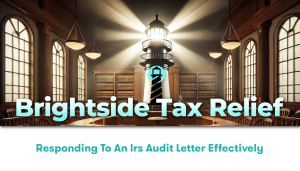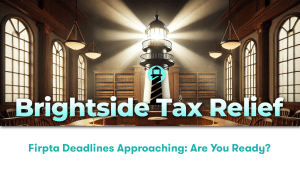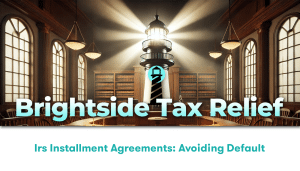e-News for Payroll Professionals Issue 2023-10
IRS Announces New ERC Withdrawal Process
The Internal Revenue Service (IRS) has introduced a new process for withdrawing Employee Retention Credit (ERC) claims. This new process is designed for taxpayers who have filed an ERC claim but are uncertain about its accuracy. The process allows eligible businesses to withdraw their claims, thereby avoiding the receipt of a refund for which they may not be eligible. Importantly, claims that are withdrawn will be treated as though they were never filed, and the IRS will not impose any penalties or interest.
For more details about who can request to withdraw an ERC claim and the steps involved, businesses can refer to the new ERC withdrawal process fact sheet. This fact sheet also includes links to other useful information on this topic.
It’s important to note that any taxpayer who incorrectly claims the ERC will be required to repay it and may also be liable for penalties and interest. The IRS is eager to assist honest taxpayers in avoiding such situations.
Educational Assistance Programs Can Help Pay Workers’ Student Loans
Employers who offer educational assistance programs now have the opportunity to use these programs to assist with their employees’ student loan payments.
While educational assistance programs have been around for many years, the option to use them for student loan payments only became available for payments made after March 27, 2020. As per the current law, this option will continue to be available until December 31, 2025.
These programs can now be used to pay both the principal and interest on an employee’s qualified education loans. Payments made directly to the lender, as well as those made to the employee, are eligible. By law, tax-free benefits under an educational assistance program are capped at $5,250 per employee per year. Any assistance provided above this level is taxable as wages.
For more information on other requirements, refer to Publication 15-B, Employer’s Tax Guide to Fringe Benefits. Chapter 10 in Publication 970, Tax Benefits for Education, provides details on what qualifies as a student loan.
Guidance for Employers on Leave-Based Donations That Aid Victims of Hawaii Wildfires
The IRS has provided guidance for employers regarding employees who wish to donate their sick, vacation, or personal leave to assist victims of the summer wildfires in Hawaii.
According to Notice 2023-69, cash payments made by employers to charitable organizations in 2023 and 2024, in exchange for employees’ donated leave, will not be treated as compensation. Similarly, employees will not be considered to have received the value of the donated leave as income and cannot claim a deduction for the leave they donated.
Employers, however, may deduct these cash payments as a business expense or as a charitable contribution deduction, provided they meet the respective requirements of the applicable sections of the Internal Revenue Code.
Additional information about tax relief for those affected by the wildfires in Hawaii is available at IRS.gov.
Technical Guidance Regarding Forms 8955-SSA and 5500-EZ
Revenue Procedure 2023-31 provides guidance for filers seeking a hardship waiver or administrative exemption from requirements to file Form 8955-SSA: Annual Registration Statement Identifying Separated Participants with Deferred Vested Benefits and Form 5500-EZ: Annual Return of a One-Participant (Owners/Partners and Their Spouses) Retirement Plan or A Foreign Plan electronically.
This procedure is effective for Forms 8955-SSA and 5500-EZ that are required to be filed for plan years beginning on or after January 1, 2024.
Reminder: Payers Filing Erroneous Information Returns Will Receive a CP2100 or 2100A Notice
Payers who submit information returns with data that does not match IRS records will receive a CP2100 or CP2100A notice. These notices inform payers that the information returns they submitted have a missing or incorrect Taxpayer Identification Number, name, or both.
Each notice includes a list of payees with the identified issues. Payers are required to compare the names on the notice with their account information and make any necessary corrections or updates. Payers may also need to correct their backup withholding on payments made to payees.
Tax Tip 2023-75 provides a list of the most common information returns with errors, as well as additional links to further guidance on backup withholding.




